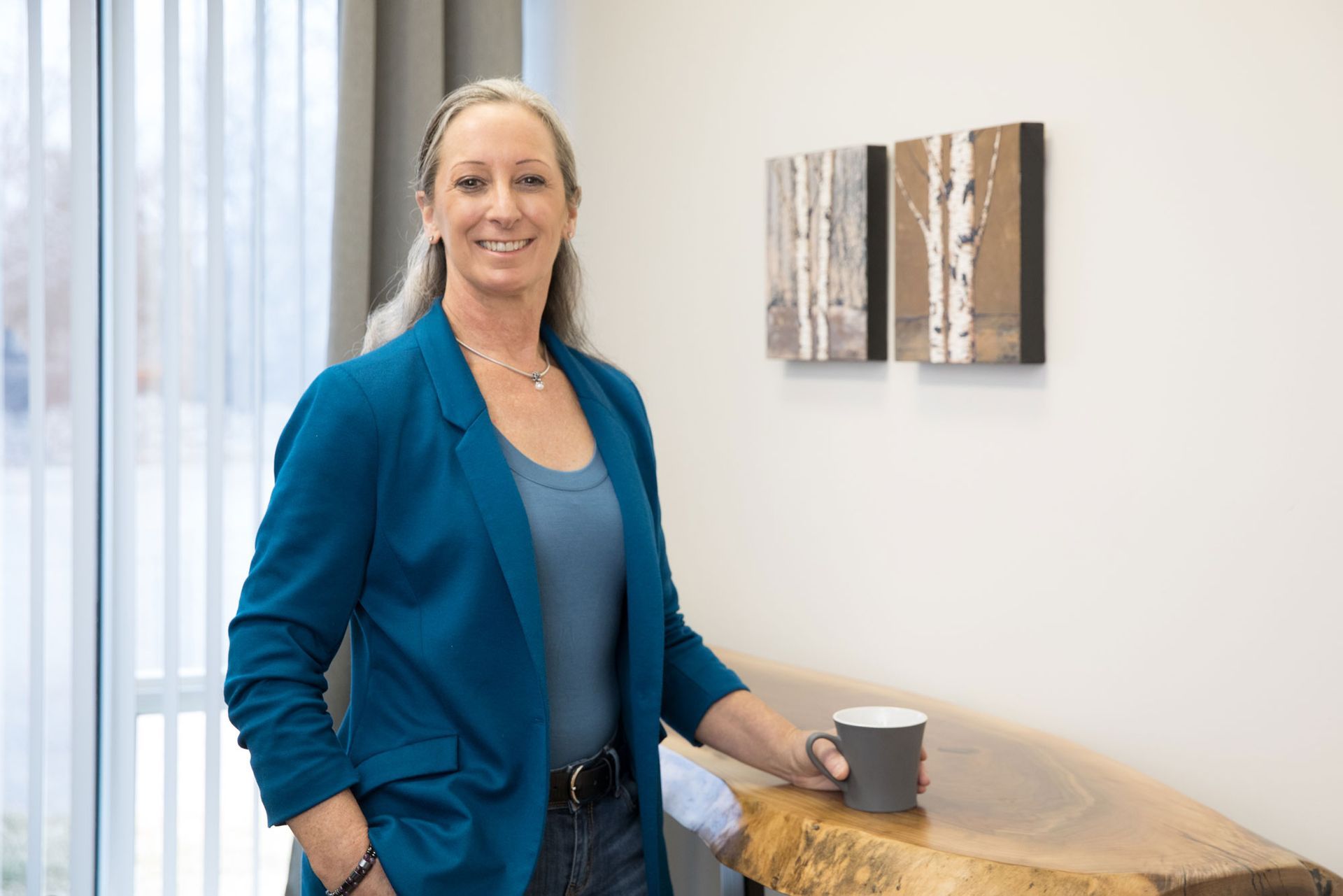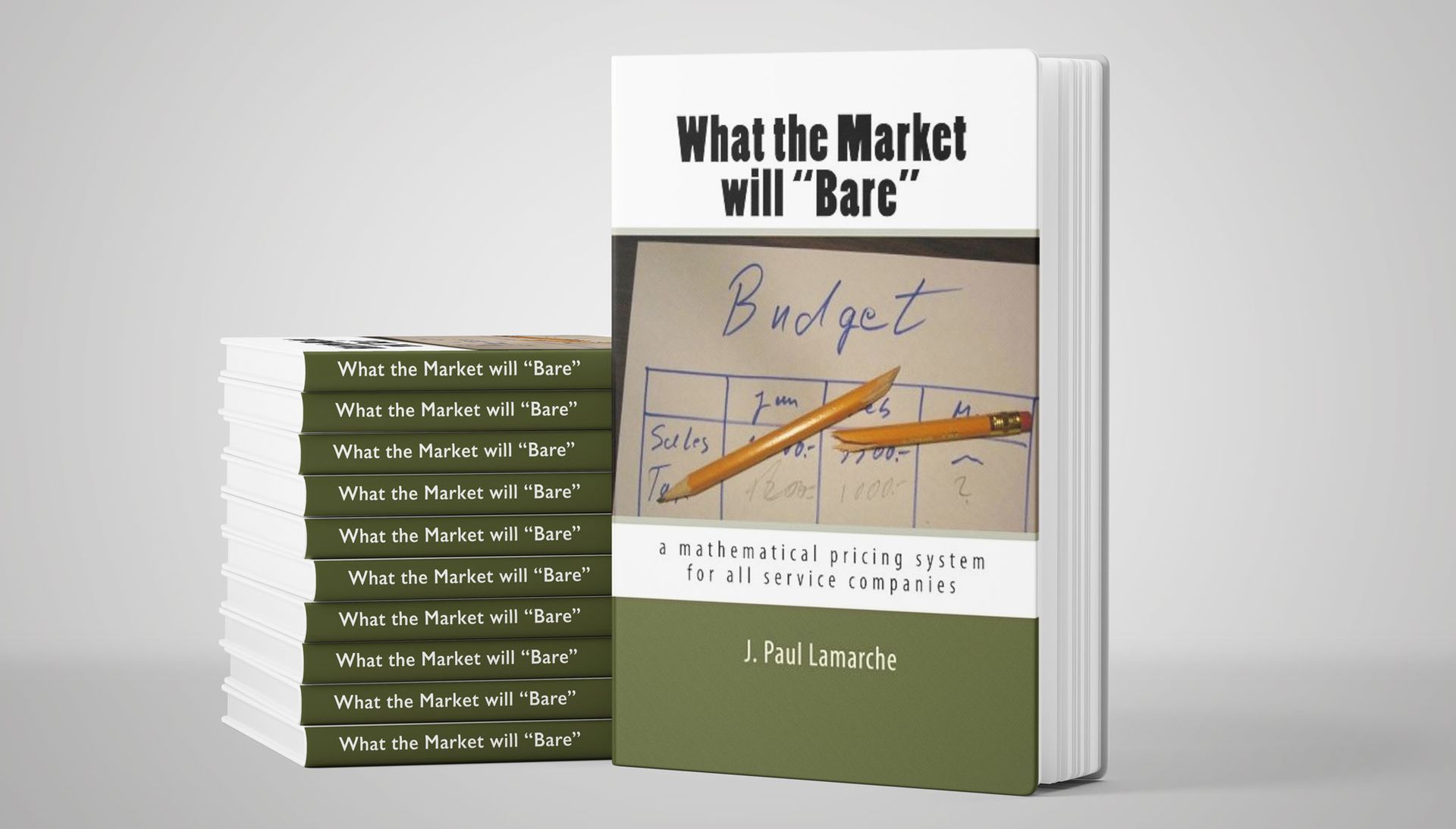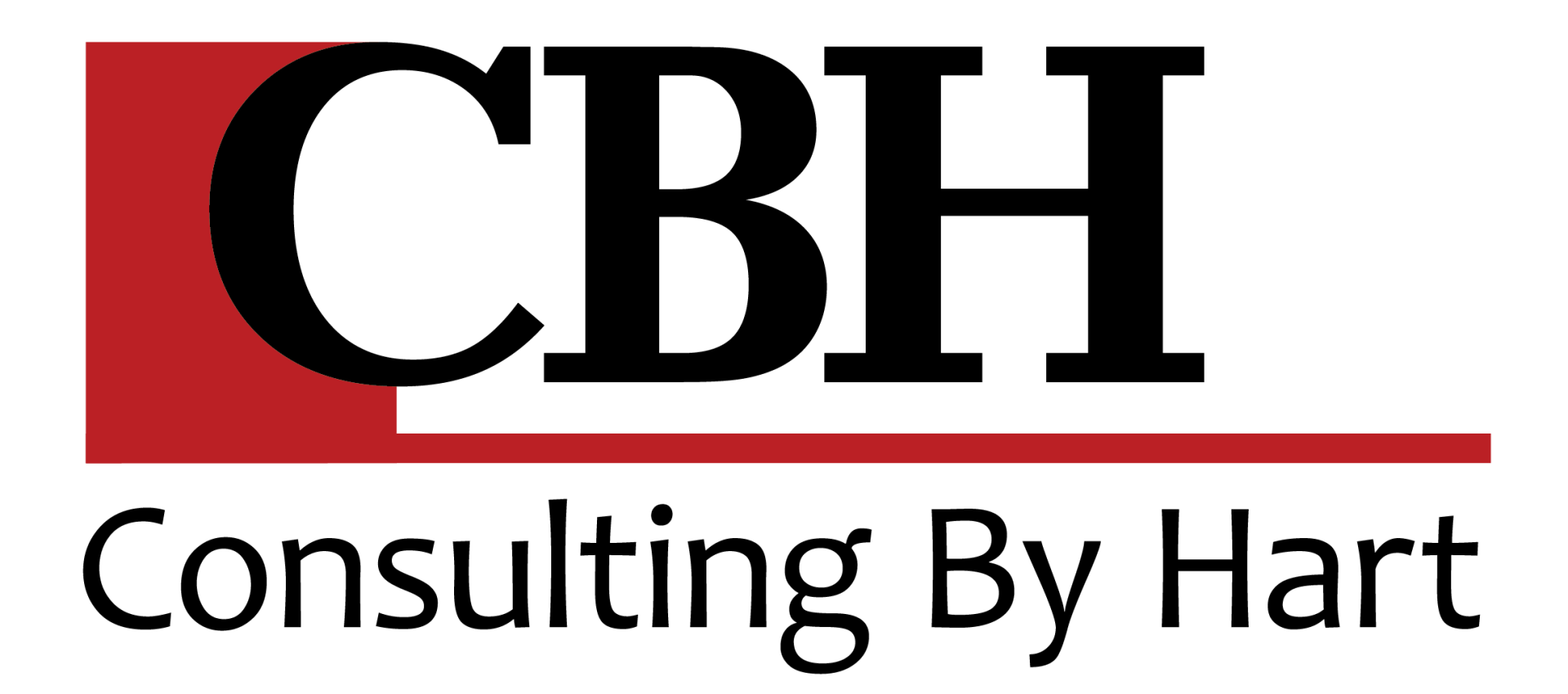Why Don’t I Have Enough Profit? Overhead Recovery 101

If you find yourself asking this question at the end of every year, you’re in good company. Many small business entrepreneurs (under $10M in revenue) work very hard on the operations and sales of the business, keeping all of the balls in the air to ensure customers receive great service and pay their bills on time. Often, working ‘in’ the business trumps working ‘on’ the business. Herein lies the problem.
We all gravitate to do what we prefer. And most entrepreneurs lean away from ‘the numbers’ and the nitty gritty details of actions and decisions that build a healthy balance sheet (and bank account). While operational excellence is important, unfortunately, neither the balance sheet nor overhead recovery factors can perform at their best when left on autopilot.
What the heck is ‘overhead recovery’ (OHR)? It’s the act of making sure that the company’s ‘fixed costs’ are fully recovered in the prices charged to customers for products and services. Notice I said that it’s the ‘act’ of recovering costs. It doesn’t happen automatically, and unless you intentionally add the right % to your costs of good sold (COGS), PLUS a margin for profit (see my last column) into the price you charge your customers, you will always fall short of the money you’d hoped to make.
Here’s why it matters: For most entrepreneurs, both the business and the value that’s built into it over the years, is the retirement ‘pension’ plan and security. Whether planning to develop a business for sale, or for making additional acquisitions, taking on partners, or franchising – eventually, the track record of profit and assets acquired determine the value of the business in the future. And the ‘retirement plan’ cash flow. So, to get there from here, overhead recovery (OHR) and Return on Investment (ROI) are important - so let’s take a look at the basics:
We commonly refer to numbers on the Profit and Loss statement as either ‘above the line’ or ‘below the line’. The ‘line’ is Gross Profit. Gross Profit is calculated from the numbers ‘above’ it on the P&L: Sales minus the Cost Of Goods Sold (materials, equipment, field/billable labour, subcontractors) = Gross Profit.
Depending on how your accountant has set up your chart of accounts, you may have to do a bit of fiddling around with numbers to be able to compare your COGS, Gross Profit and OH Expenses on the P & L (income statement) with the industry standards method. Accountants typically put field labour into ‘expenses’, ‘below the (gross profit) line’. If you want to benchmark along side your peers, then you’ll need to move it up ‘above the line’.
Everything in ‘overhead expenses’ should be ‘fixed’ – and not proportionate to sales. Here are a few examples of overhead expenses: rent, utilities, communications (phones, internet, software etc), small tool purchases / shop expenses, business insurance, professional services, bank charges, management and admin salaries / vehicles (not billable in the field), etc. Note that truck lease expenses aren’t in this list. If you have 1 or 2 trucks leased, it’s ok to include them and their related costs here in ‘overhead’ for a SORS (Single Overhead Recovery) method ‘below the line’. If either your trucks or equipment are financed, their loans will appear only on the balance sheet. If you have a larger fleet, all field trucks, equipment and their related costs should be reported ‘above the line’ in Cost Of Goods Sold.
So, let’s use an example on calculating OHR: If sales are $700,000 (100% of revenue), COGS are $455,000 (65% of revenue) and Overhead Expenses (including owner’s salary or income) are $175,000 (25% of revenue), then profit would be $70,000 (10% of revenue).
So to price a contract that includes recovering overhead, in this example, here’s the calculation:
Let’s say that the Cost of Goods Sold for a soft landscape installation = $2500, and you want to make 15% profit after recovering all of your ‘overhead’. Using the JPL formula I explained in my last column, here’s answer:
100% minus 25% = 75%
$2500 divided by 75% = $3300. So, $3300 is your BREAK EVEN Cost.
Then add your desired profit of 15%:
100% minus 15% = 85%
$3300 divided by 85% = $3882 is your price to your customer.
If you use the incorrect, but commonly deployed ‘markup’ method, your price to your customer would be $2500 x 1.25 (to incorrectly ‘add’ 25% Overhead recovery) = $3125 Break Even price x 1.15 (incorrectly ‘adding’ 15% profit) , your price would be $3593.75. Which would have left $288.60 in the customer’s pocket instead of yours. So, on $2500 worth of labour, materials etc, if you don’t properly recover overhead and profit margin, you have fallen short of your profit projections for the end of the year by almost $300 bucks.
Many of you reading this might be glazing over, and you might not have actually read the numbers, thought about them and tried it on your own calculator to see if I had a typo. And you might not yet have tested this out on your own P&L against your own quotes. I’ll encourage you to suck it up and try it.
If you are falling short of your goals, then please re read this, and my last column which you can find here . Use your budget for the year, and at the very least, if you don’t have one, then use your Quickbooks Profit and Loss Statement to get your total Overhead Expenses as a % of the total sales from last year, and make necessary adjustments to forecast your best guess on how things will turn out this year for Overhead Expenses as a % of sales this year.
Recover your company overhead in every charge-out hourly rate, and every material or subcontractor cost you incur on a job. You work hard. You’ve earned it. You just might be lousy at math is all….
Other Articles That May Interest You:




